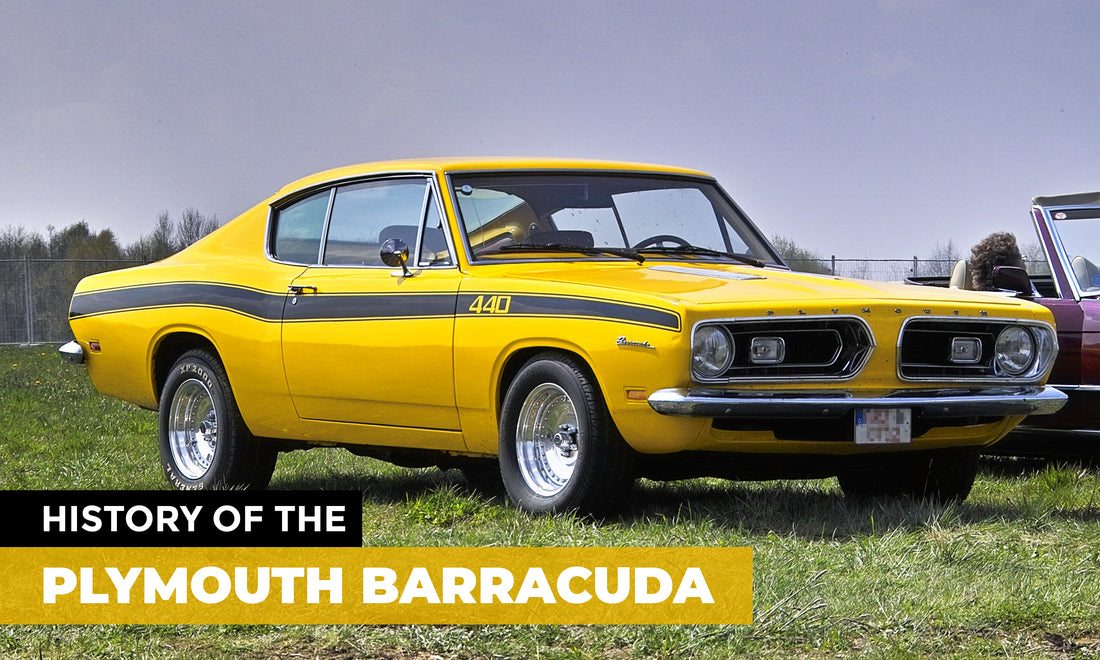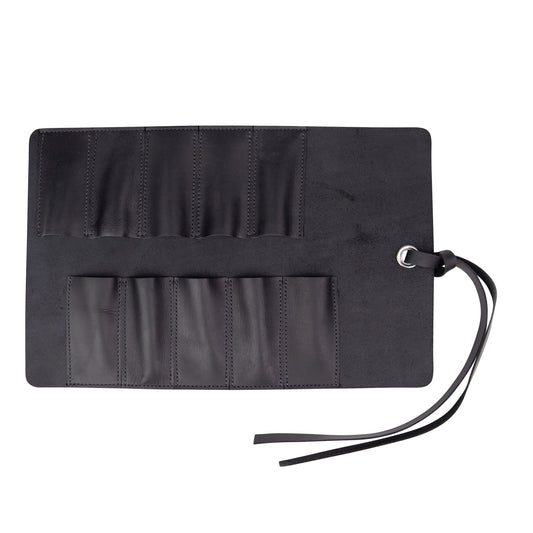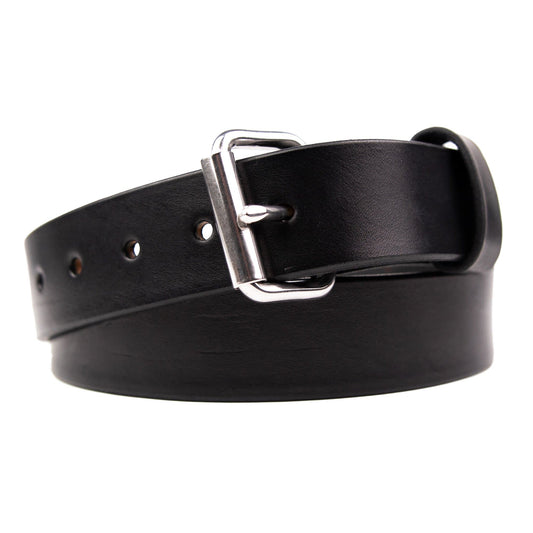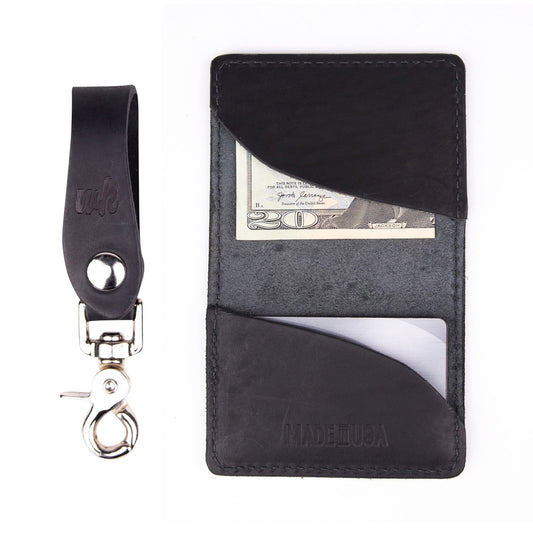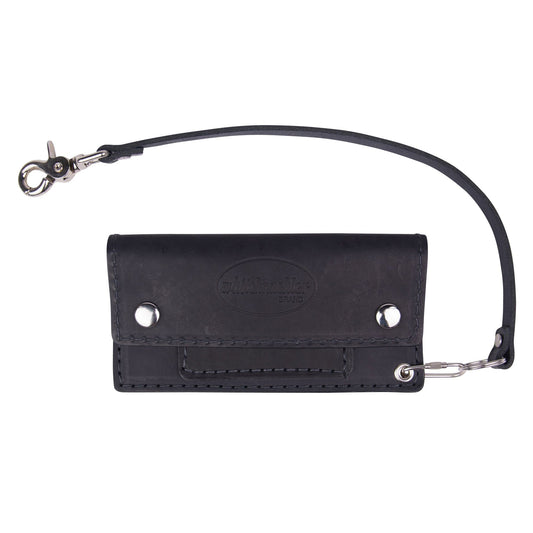Ask most gearheads to name the first pony car, and the usual response is the Ford Mustang.
While the Mustang is the best-selling and arguably the most notable pony car, it was not the first. This distinction belongs to the Plymouth Barracuda, which went on sale April 1, 1964 - 16 days before the Mustang. That slim margin gives the Barracuda bragging rights and a place in automotive history.
This car's legend also comes about because it represents a unique era in American motoring. Enthusiasts have always tried to squeeze more horsepower out of any engine or stuff more muscle under the hood, but, by the 1960s, U.S. automakers would realize that performance was a marketing opportunity. The Barracuda, and a handful of other cars, helped launch the golden age of pony and muscle cars.
Perhaps the most remarkable aspect of the Barracuda is that it remains such a beloved classic despite being on the market for only a decade! There are few other short-lived nameplates with such an impact on car lovers. Yes, the Edsel is memorable, but for all the wrong reasons.
Let's explore the origins of the Barracuda and its legacy.

Development & History
The Barracuda story begins in the hyper-competitive environment of Detroit in the early 1960s. Long before the Big Three were knocking heads with the best of Germany and Japan, they were busy trying to one-up each other.
The creation of the Mustang (called the Cougar during development) was well known. Using the Falcon platform, Ford would rapidly and efficiently create the legendary pony car. Sensing an opportunity and not wanting to lose anything to Ford, Chrysler turned to its Valiant economy car for similar inspiration.
It's here where the two companies approaches split. Ford creates an entirely new body for the Mustang while on the other hand, Chrysler merely modifies the Valiant with a sportier fastback design. This not only saves money (Chrysler always seemed to be cash-strapped) but development time. It's the reason why the Barracuda beat Mustang to the punch but it's also why the first-generation Barracuda sold in the tens of thousands versus hundreds of thousands for the Mustang.

Despite Plymouth's rush to market, the Barracuda's rear window does give it a distinctive profile and that huge piece of glass was, at that time, the largest ever used on a production automobile. It also created a massive seven-foot cargo area that enabled Plymouth to market the practical side of this pony car. The glass is fixed, but access is provided via a traditional trunk lid.
Another interesting part of the Barracuda's development is its name. Originally, the car would be badged as the Panda. No doubt, someone in Chrysler's marketing department thought the Plymouth Panda's alliterativeness might be appealing. Keep in mind, naming vehicles after animals was a big deal then but the car's designers object, and ultimately Barracuda wins out.
This selection is part of a brief trend with fish-based names. The Corvette Sting Ray debuts in 1963, when the Rambler Tarpon concept was revealed. The Tarpon would eventually become the Rambler Marlin.
Significantly, Chrysler would continue to resuscitate the Barracuda by launching a second generation in 1967 and the third in 1970.

Engine
Of course, no classic car conversation is complete without discussing engines.
The first-gen Barracuda had three powerplant options, including two versions of the famed slant-six. To performance junkies, six-cylinder engines of that era are nothing to get excited about. The 170 cubic inch (ci) slant-six with 101 horsepower (hp) or one with 225 ci and 145 hp won't impress at the stoplight, but this engine is still highly regarded for legendary reliability.
It's an approach that ties in with Plymouth's practical sportiness message for the Barracuda, V-8 power relied on a 273 ci eight-cylinder making a respectable 180 hp.
The Barracuda's muscle car leanings emerge with the revamped second generation, and the base engine becomes the larger slant-six. Everything else centers around V-8 power, including the 273 ci engine that has a choice of dual- or quad-barrel carburetors. Although a rare find, a big-block 383 ci V-8 would provide 280 hp.
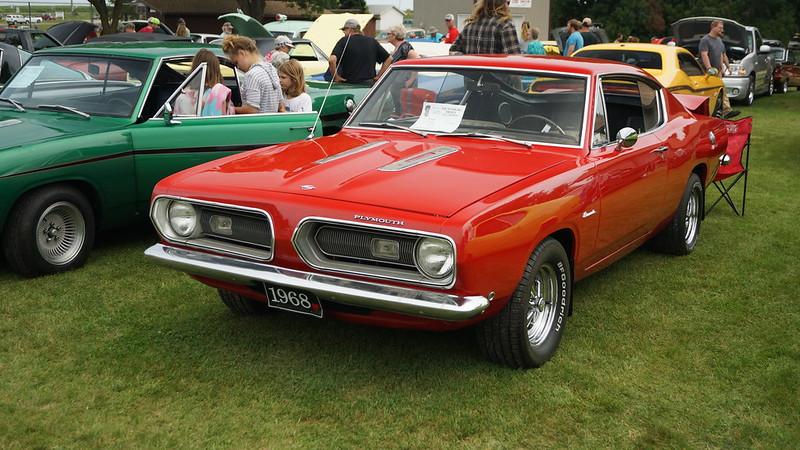
Midway through the second generation, we see horsepower notch up, and the Barracuda begins to get its performance creds. The 273 engine is dropped in favor of a 318 ci V-8, and a 340 ci engine with four barrels becomes available. The 383 gets reworked, so output now hits 300 hp.
Notably, the first Barracuda to receive a Hemi engine (a 426 ci beast) is a 1968 model built solely for drag racing. Just 50 copies of this stripped-down Super Stock racer were produced, making it an exceptionally sought-after car among Mopar collectors.
1969 is another significant year as Plymouth debuts the 'Cuda package, which could be ordered with any V-8, including the new 440 ci Super Commando. 'Cuda grows into a Barracuda performance sub-brand.

The Barracuda's last generation launched with many engine choices, including a smaller slant-six to support a low-end model. Power hits 390 hp for the 440 Super Commando, and the 426 Hemi (at 425 hp) finally becomes available in a production Barracuda.
But, the Barracuda's raw power begins to fade as the energy crisis, and federal regulations force a change. For 1972, all V-8s except for detuned 318 and 340 engines were dropped.
The Barracuda entered its final years as a performance fraction of what it once was.

Chassis
As mentioned earlier, the Barracuda's roots are based on the Plymouth Valiant. Its Chrysler A-body platform entered service in 1960 and would also underpin the Dodge Dart and a host of other rear-wheel-drive vehicles. With a 106-inch wheelbase, the Barracuda slotted in perfectly with the idea of a pony car; a sporty and compact vehicle with performance capability. It was an easy grab from the corporate parts bin.
As the smallest of the Big Three, Chrysler was always the automaker that had to try a little harder, plus, the company always seemed to be resource-challenged. It's no surprise that the first Barracuda gets modest grades for originality but Chrysler engineers and designers have always had a knack for pulling a rabbit out of a magician's hat when needed.
Beginning with the second generation, the Barracuda starts to sprout fins (figuratively). The A-body platform continues, but the wheelbase is lengthened by two inches to accommodate a more flowing body. At the same time, the chassis and engine compartment are designed to welcome a multitude of V-8 engines. In addition, a notchback coupe and convertible now join the fastback.

The new exterior and body styles also help to separate the Barracuda from its poorer cousin, the Valiant. Sure, you can see the family resemblance, but the Barracuda is finally able to step out on its own.
Chrysler deserves credit for reinvigorating the Barracuda with a new platform for the third generation. It's worth noting that even with a mid-cycle update in 1969, the Mustang soldiered on with the same basic chassis until the Mustang II was launched for 1974. This Plymouth (available only as a hardtop coupe or convertible) could now rightfully be called a muscle car by moving the Barracuda to Chrysler's E-body chassis. This move is reinforced by its platform-mate, the Dodge Challenger, an already established muscle car.
At long last, the Barracuda's looks—a tapered front end, squat roofline, and muscular hindquarters—match what's under the hood.

